Exercises for an LMS
 This past spring, a small group of Stowe Middle School students gathered to help their teachers and peers solve a problem. As students worked on independent interest projects, they periodically reflected on their learning. All were interested in finding ways to make this reflection meaningful, for both students and teachers.
This past spring, a small group of Stowe Middle School students gathered to help their teachers and peers solve a problem. As students worked on independent interest projects, they periodically reflected on their learning. All were interested in finding ways to make this reflection meaningful, for both students and teachers.
But what does meaningful reflection look like? And how can we scaffold exercises that create meaningful reflection?
Meaningful reflection is visible reflection
Making thinking visible allows for just-in-time supports from teachers, peers, and mentors. It helps move the work forward by establishing next step goals. For example, Stowe students use this Reflection Brainstorm: what, so what, now what? to help direct them toward meaningful thinking. In addition, they reflect midway through the project by creating screencast videos answering these reflection questions:
- Please explain your project, what are you doing?
- What have you done so far to complete the project?
- What are you most excited about for this project?
- what are the biggest challenges you still face for completing the project?
Our challenge
Students and teachers were willing to commit to reflection as a key component of self-directed learning, yet were struggling with the tool adopted by the school, Blogger, as a means for students to share their thinking. A possible solution: using the digital portfolio tool Protean to capture, share, and celebrate process.
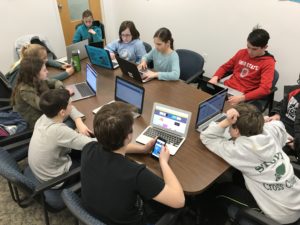
A group of ten 6th & 8th grade students gathered weekly to help test drive Protean with the goal of providing feedback about how well it met the goals we established. The outcome would be a recommendation to the district technology director, the principal, and ultimately the faculty about adopting the tool school-wide.
Our journey
I set out, after being inspired by this post on the why, what, and how of Reflecting for Learning to dive into reflecting upon reflection. The crew and I started our work by looking at this image and asking ourselves:
- How can we tell he is thinking?
- What might be going on in his head?
- How can we make our own thinking visible to others and why should we do so?
Next, I shared these quotes, and asked students to silently reflect upon them.
- Life can only be understood backwards; but it must be lived forwards. (Søren Kierkegaard)
- Sometimes, you have to look back in order to understand the things that lie ahead. (Yvonne Woon)
- Learning without reflection is a waste. Reflection without learning is dangerous. (Confucius)
- Follow effective action with quiet reflection. From the quiet reflection will come even more effective action. (Peter Drucker)
Finally, together we discussed this John Dewey quote. Was it an assumption all of us at Stowe Middle agreed upon?
Encouraging reflective thought & action
Reflective learners assimilate new learning, relate to what they already know, adapt it for their own purposes & translate thought into action. Over time learners develop creativity, think critically & use metacognition. (Dr. Jeni Wilson)
We agreed the above definition got at the core of what we were aiming for. So, to get us primed to think about active and reflective thinking, I was inspired by Sylvia Tolisano’s post where she argues we have to start looking for and capturing our own learning, and sometimes we need help doing so:
“It reminds me of the FedEx logo. It was not until I read Daniel Pink‘s book “A Whole New Mind, where he pointed out the white arrow pointing towards the right that is part of the logo.
 I had never been aware of that arrow before, until Daniel Pink had made it visible for me.
I had never been aware of that arrow before, until Daniel Pink had made it visible for me.
Same thing might happen when we reflect on learning. Sometimes it is invisible to us, unless someone else was able to make it visible for us, then it becomes crystal clear and we wonder how we did not see it before?”
Optical illusions
We approached thinking about thinking by looking together at the following optical illusion. We shared our processes for seeing differently, and asked: how can making thinking visible help us a collaborators of learning get the most of a learning experience?
The importance of evidence
We immediately confronted the notion that to share our learning, we needed to not only reflect, but also had to share artifacts or ‘hard evidence’ of learning to invite others into our thinking process. In the past, in Blogger, students wrote or recorded voice reflections, some of which might not be grounded in documented evidence. But when adding a “Learning” into your Protean account, the first step is to upload evidence.

The intent of documentation is to explain, not merely display. Documentation is an action in process, not aproduct.
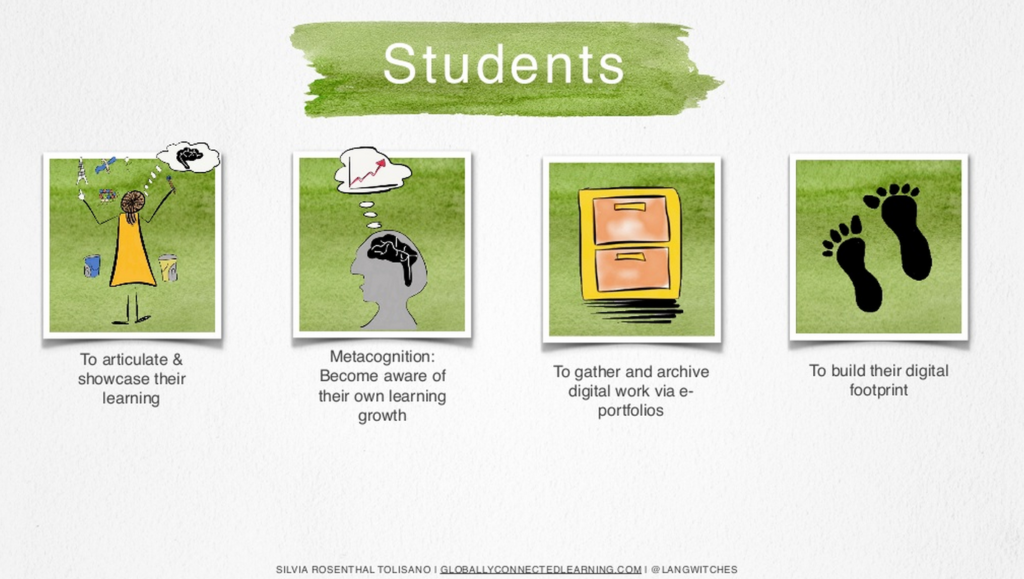
And the questions we grappled with now shifted to include:
- How do we document process?
- How do we show we are learning when the product isn’t finished?
- Why would teachers or peers need to know where we were in our thinking and doing?
- What benefits come from taking the time to document and reflect other than because it is assigned to us?
What should learning look like? We need to do a better job in knowing what to look for, how to capture learning, reflect on what we see (or the lack of), share these artifacts and amplify the learning with the world. #documenting4learning pic.twitter.com/lGMuzcAwGD
— Documenting4Learning (@doc4learning) April 12, 2018
Let’s get concrete
When asked in an online discussion thread:
- What documentation possibilities might you anticipate as your project progresses that will later help to tell the story of learning?
- Share examples of the kinds of evidence & artifacts you can share in Protean in the coming weeks that would make your thinking & actions visible to others?
Students responded:
Kate: “Somethings you can share is pictures of your work. Every time you do something to help your PLP you should add a new learning.” Kate
Rachel: “I can share my screenshots, photographs, voice memos, writing pieces, and much more on Protean.” Rachel
Lyla: “you could put
- a piece of your learning like if you are in 6th grade you have to send a letter you can put the letter
- reaserch [sp] screen shots
- Reflections”
The final stretch
The key distinction we tried to get at together was between showing what happened (i.e. note-taking, email, etc.) and connecting the reasoning behind why the chosen documented artifact was in fact evidence of learning.
To help us unpack this distinction, we once again turned to Sylvia Tolisano’s work to help guide us. Her infographic is super helpful: The Three Stages of Documentation OF/FOR/AS Learning
With the help of my Protean pilot crew, we launched into the pre-work necessary to think strategically about what can and should be documented and then used Protean to upload the documented evidence. The second step in creating a new Learning in Protean asks documentors to align the evidence to an established goal and then finally reflect on how the evidence meets the goal.

Takeaways
Working with students on a design pilot together was fabulous, and frankly the only way to move forward with users in mind.
The call for “reflection time” inevitably elicits groans from most students and adult learners alike. While most understand rationally the need to routinely reflect, it seems the routines and structures we tend to build in schools lend themselves to joyless fill-in-the-blank activities. As Vermont students embrace the efforts of their teachers and engage with them to personalize learning, they are facing the challenge of making their self-directed learning visible. One way to do so is to reflect on their growth, so teachers, mentors, and peers can provide just-in-time supports and Protean might just be one way to do so.
Next steps
Stowe pilot students all agree Protean would be a good starting point to help their peers and teachers to make the shift into visible thinking through documentation. If you want to know more about how to invite students into this process, check out strategies and routines here: Making Thinking Visible with Technology
Our next challenge after sharing the pilot results? Creating tutorials to help all learners understand both how to use Protean and how best to document learning. And when that’s done, we need to create classroom habits that encourage them to do just that.
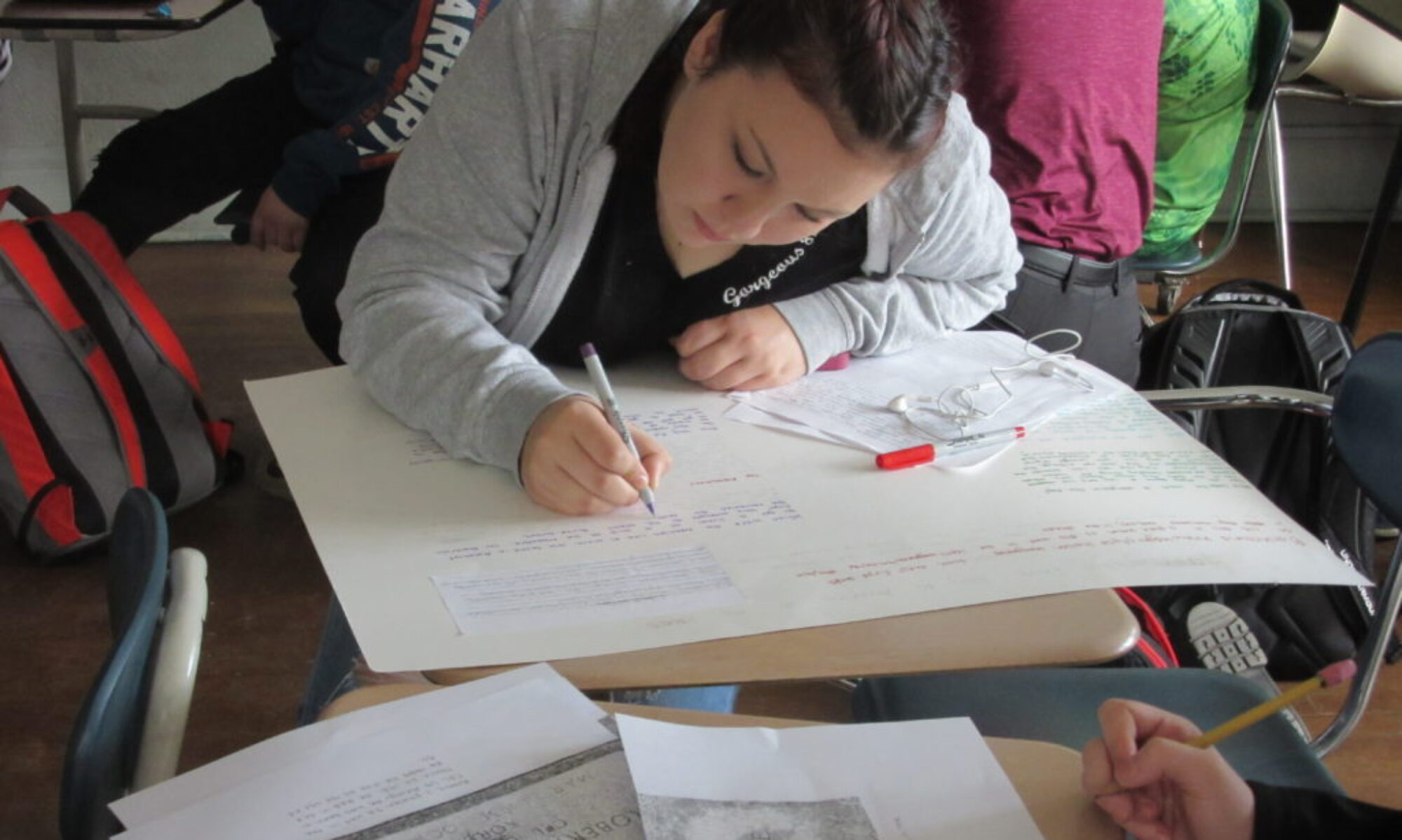

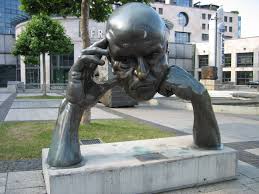


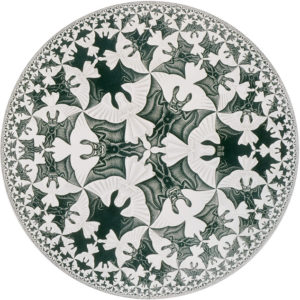
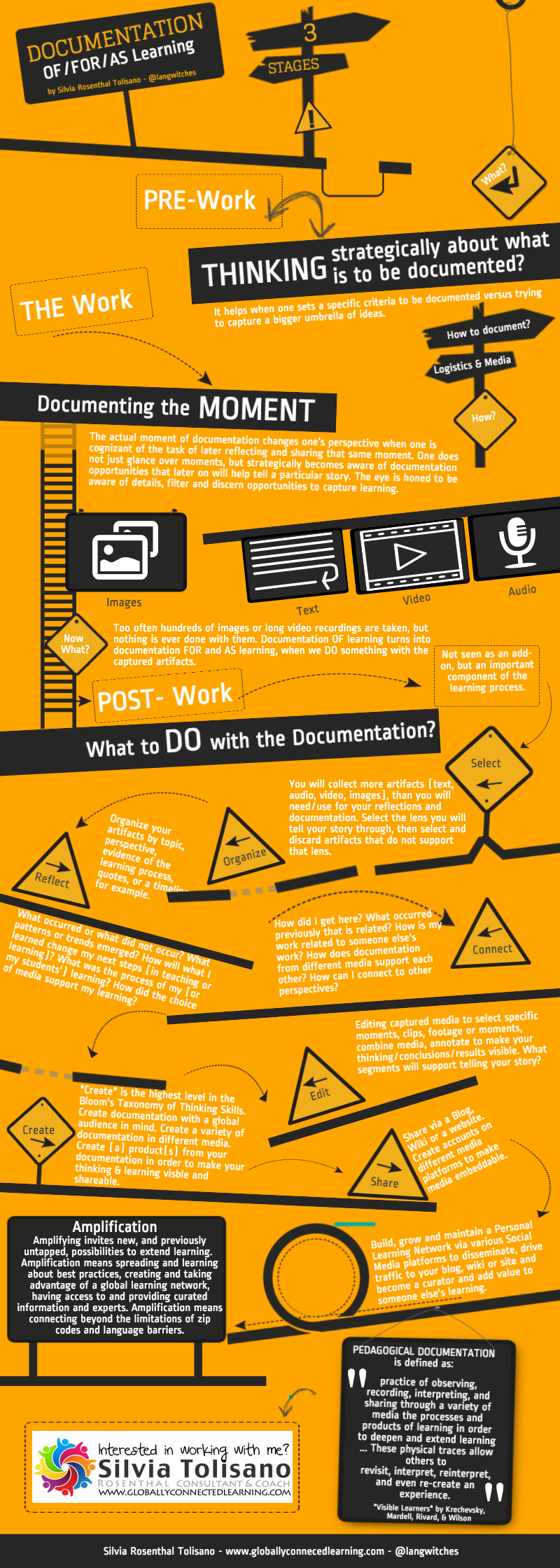
You offered an extraordinary arrangement. Much obliged to You
Very appreciative content